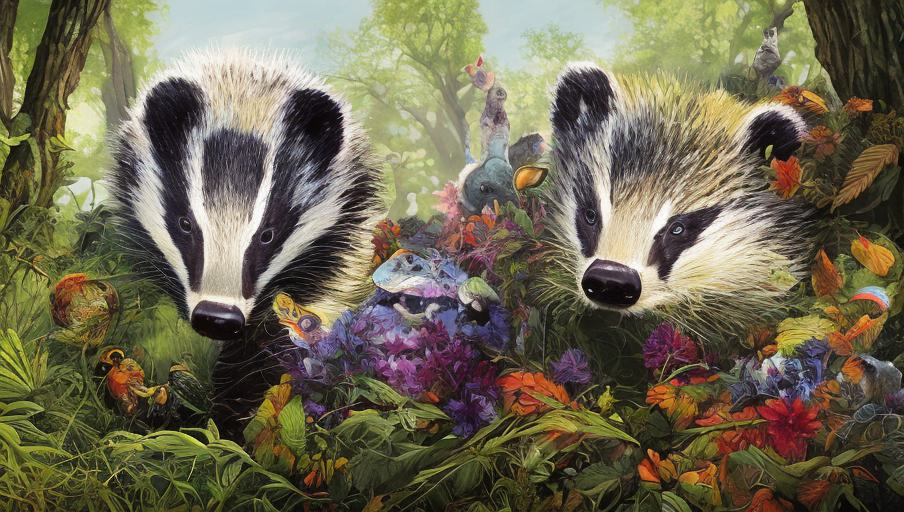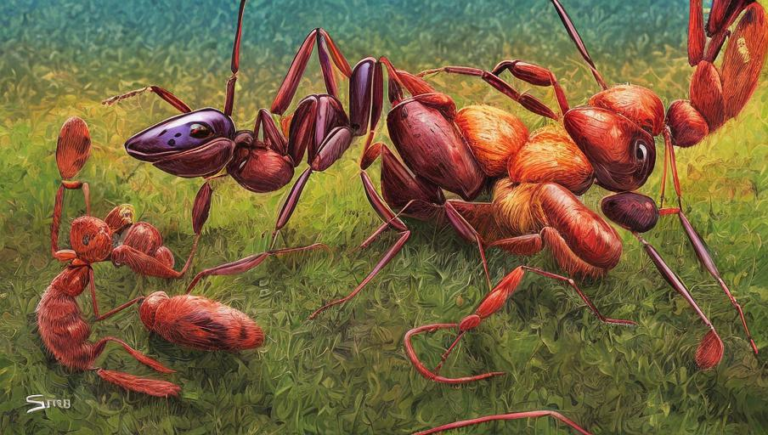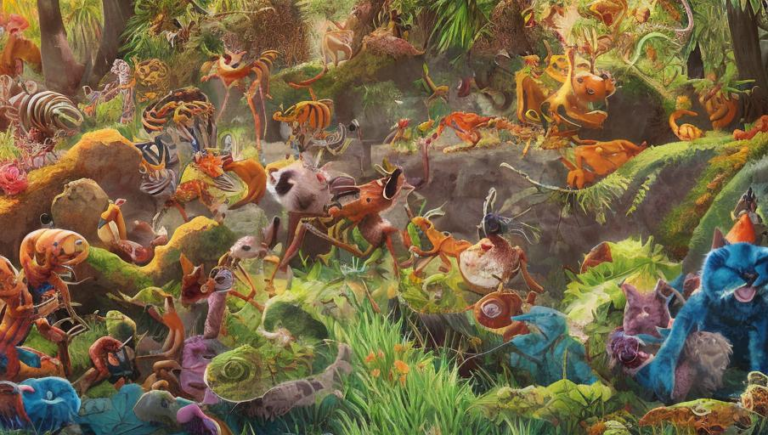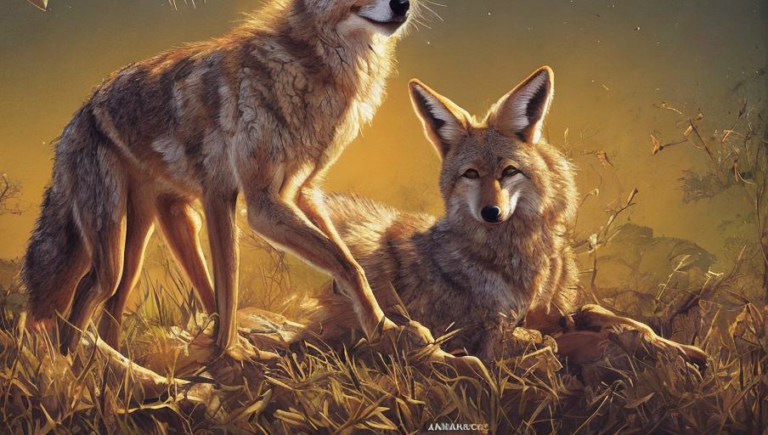Jostling For Territory: Badger Behavior

Introduction
Badgers are short-legged omnivores of the family Mustelidae. They are found throughout Europe, parts of Asia, and parts of North America. Badgers are known for their strong build and long claws, which they use to dig burrows and search for food. As they are usually solitary animals, badgers have evolved particular behaviors to establish their territory and mark their boundaries.
Territorial Behavior
Badgers are very territorial and will defend their territory, even if it means fighting with other badgers. They use several methods to establish their territory, including scent marking, vocalizations, and physical displays. Badgers will mark their territory by urinating, defecating, and leaving scent marks around their home range. They will also produce a loud, low-pitched growl to announce their presence and warn any intruders. If these methods are not enough, badgers may resort to physical displays such as lunging, chasing, and biting.
Family Hierarchy
Although badgers are typically solitary animals, they do form family groups called cetes. Within the cete, there is a hierarchy with a dominant badger at the top. Lower ranking members of the cete will defer to the dominant badger and give it priority access to food and resources. The dominant badger will often be the only one in the group that mates and produces young.
Adaptive Strategies
Badgers have adapted several strategies to help them survive in their hostile environment. For example, they have strong claws that can be used for digging burrows and foraging for food. They are also able to go into a state of inactivity called torpor, where their metabolism slows down and they conserve energy. This allows them to survive long periods of time without food. Badgers also have excellent hearing and a good sense of smell, which they use to detect danger and to find food.
Conclusion
Badgers are fascinating creatures with many adaptive strategies and behaviors to help them survive in their natural habitat. Their territorial behavior and family hierarchy are essential for their survival and help them to establish boundaries and resources. Understanding these behaviors can help us to better protect and conserve badger populations in the future.





